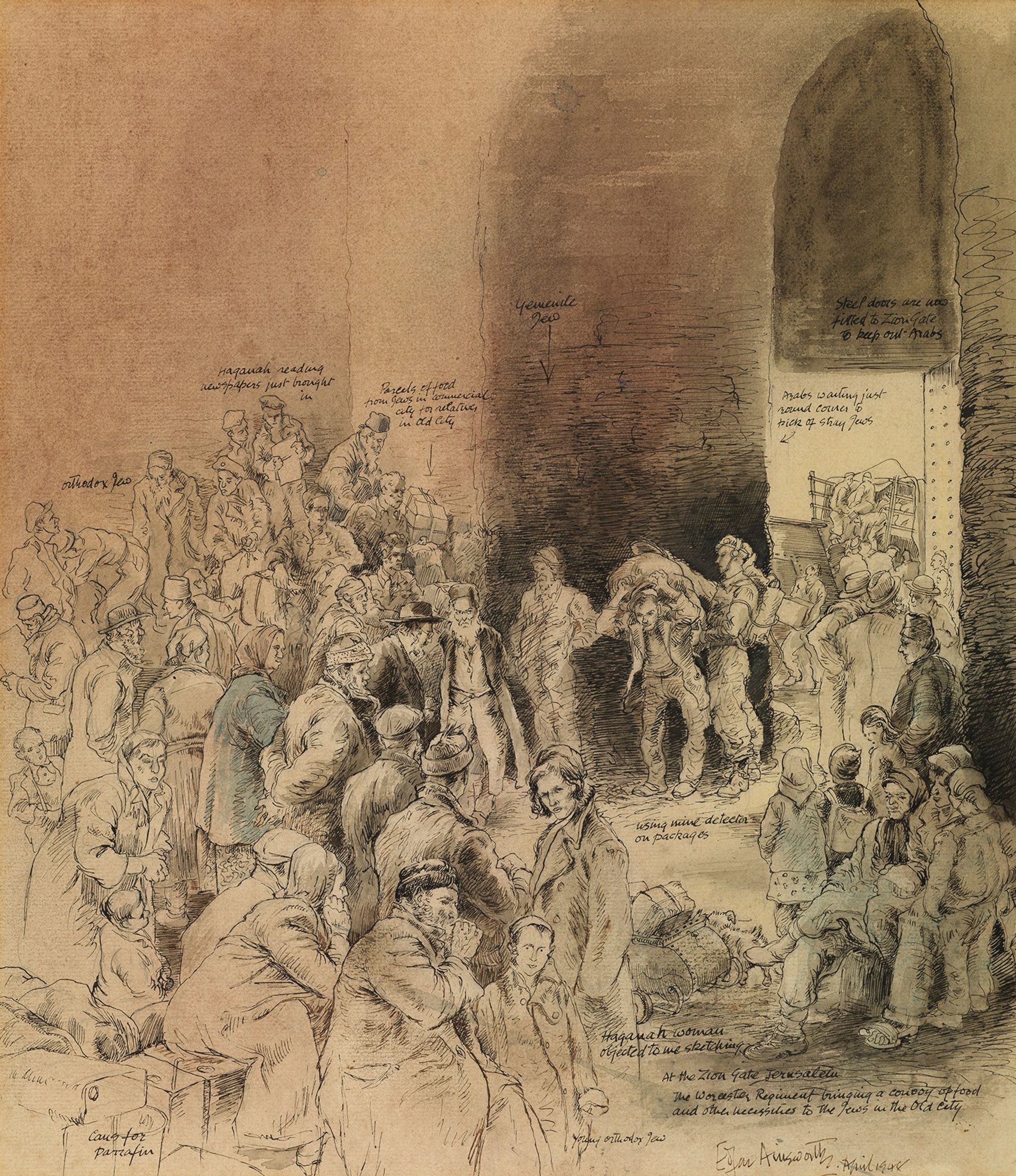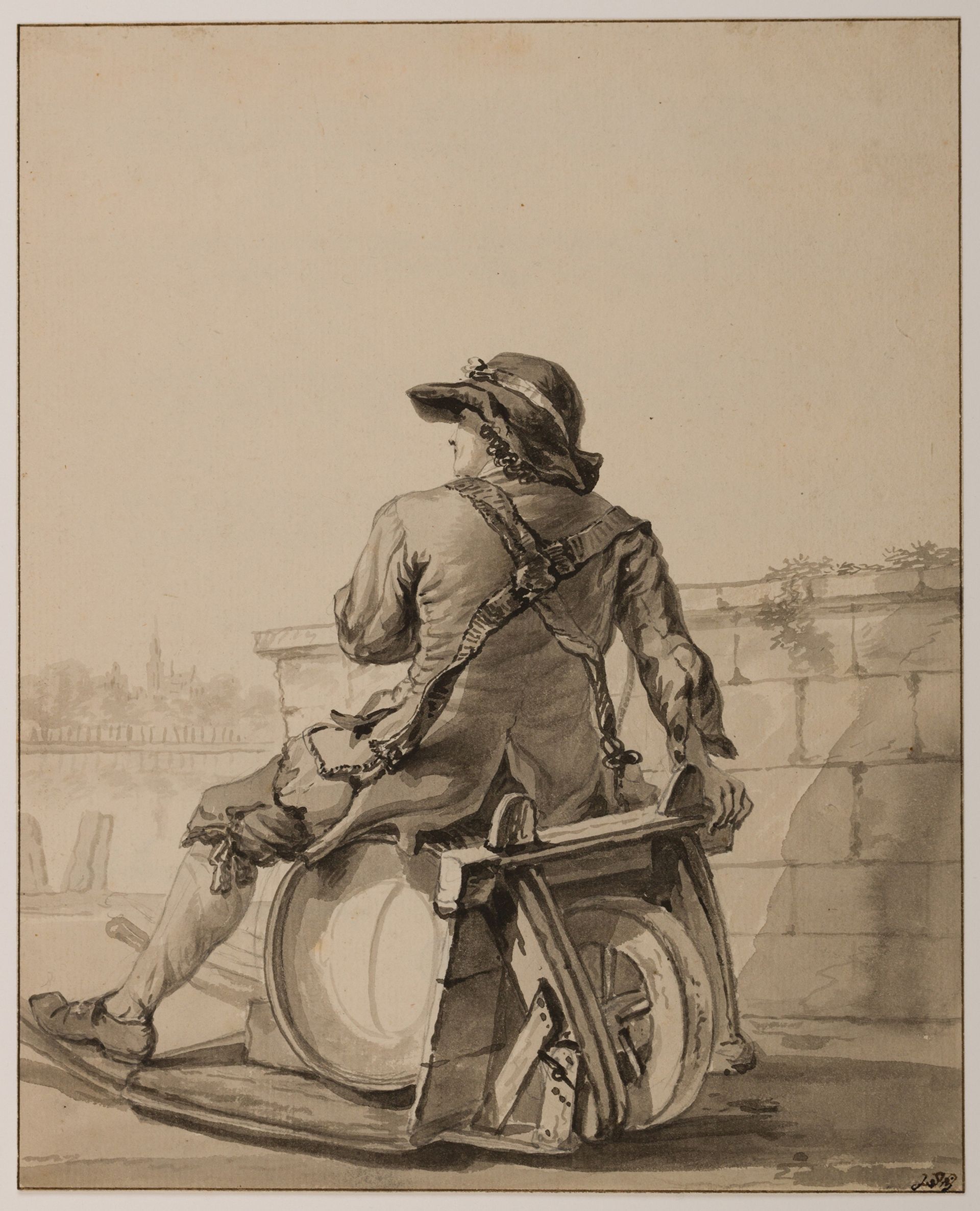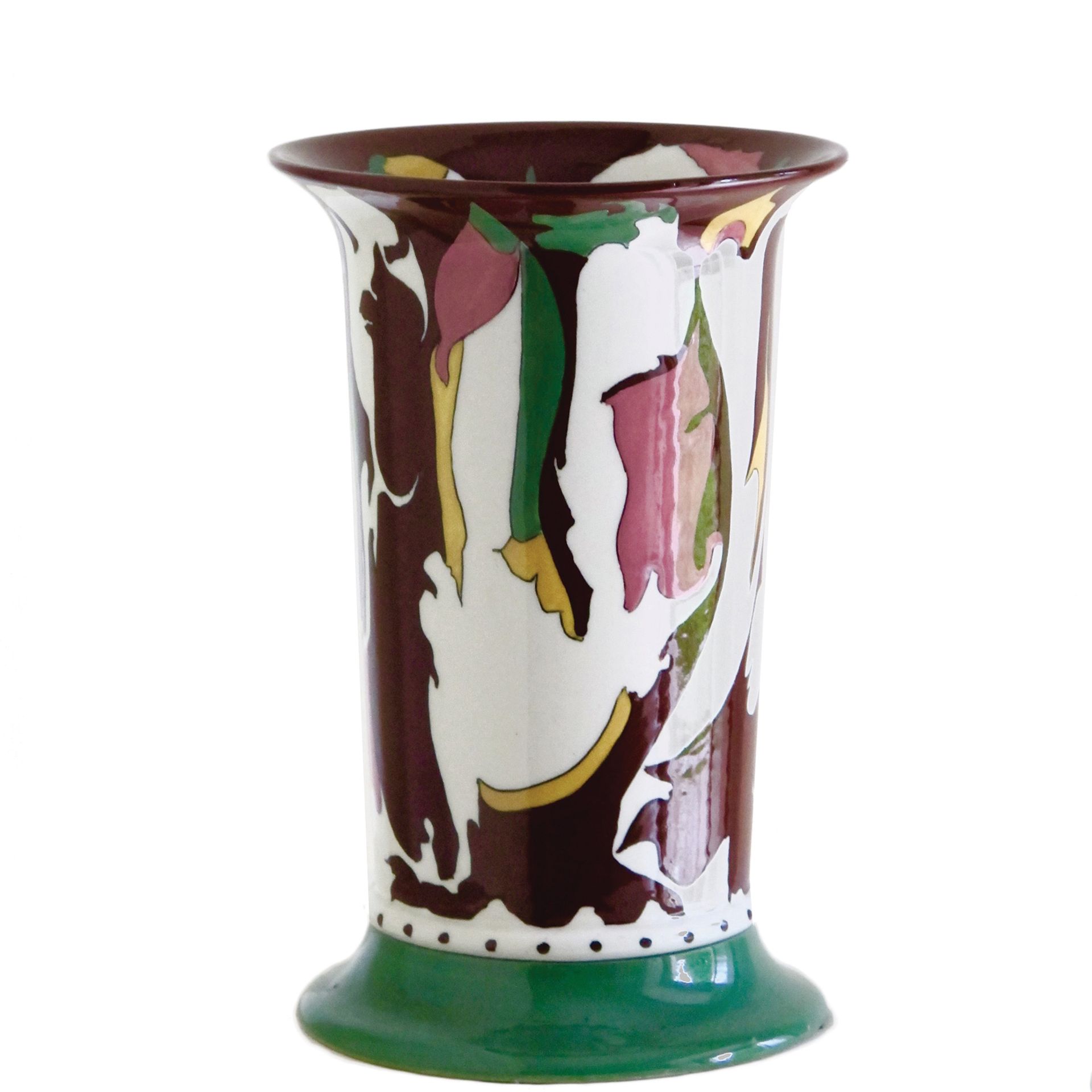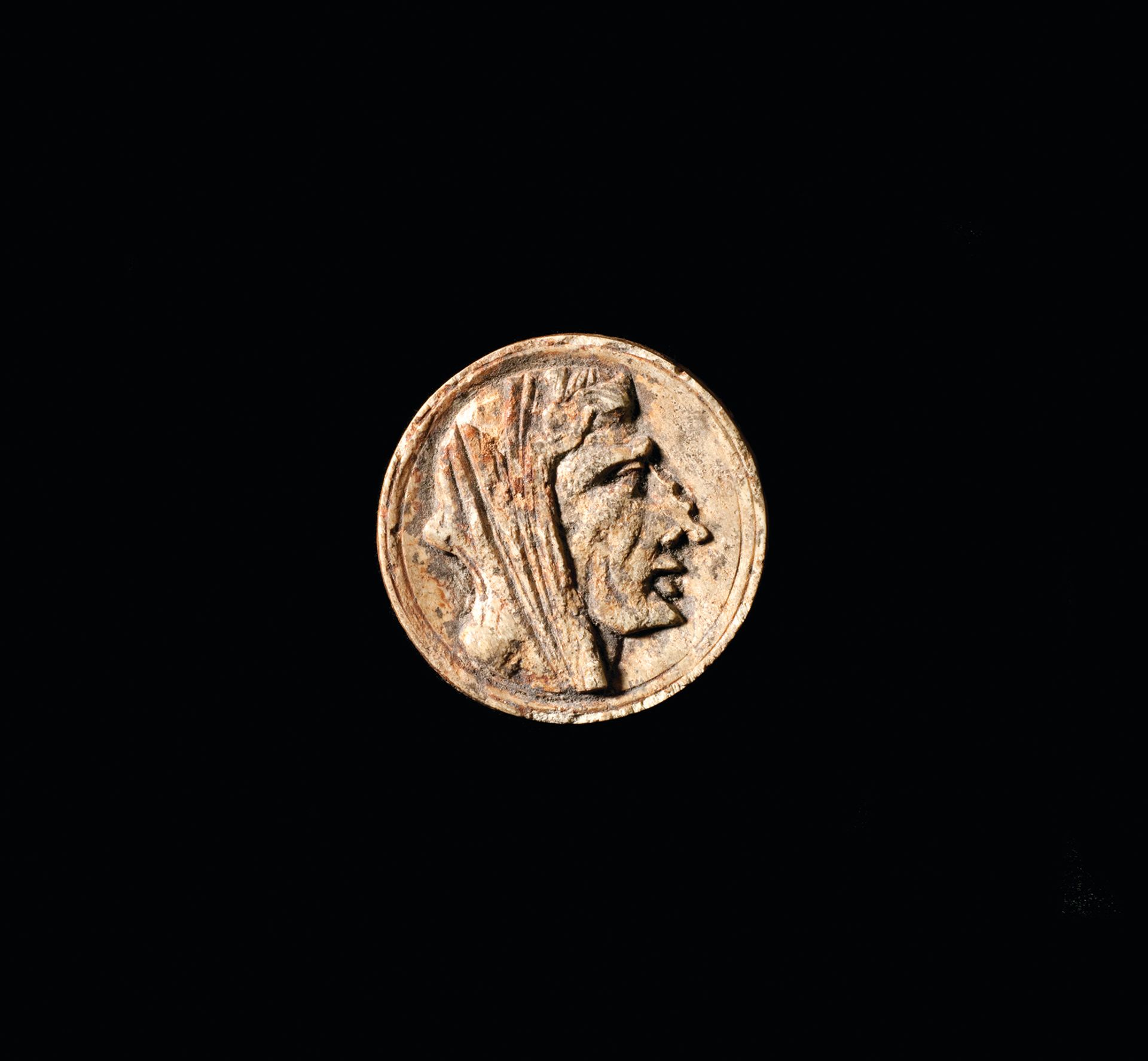€2,000-€5,000
This group of Eskimo gaming markers or tallies, beautifully crafted from walrus ivory, dates to the mid- to late Thule Period (AD1600-1800). They can found on the stand of Anthony J.P. Meyer, the Parisian dealer and internationally recognised expert on Oceanic and tribal art. “They are a wonderful group of bird effigies that are so finely carved that the different species can be identified. There is a goose, a swan, a loon, a ptarmigan and a puffin,” Meyer says.

€4,500
At the Zion Gate, Jerusalem (1948), is “a historically fascinating work”, says the Old Master drawings dealer James Faber of London’s Day & Faber. “It was made in April 1948. A month later, on 14 May, David Ben-Gurion, the head of the Jewish Agency, proclaimed the establishment of the state of Israel. The US president, Harry S. Truman, recognised the new nation on the same day.” The drawing is by the British illustrator, poster designer, painter and printmaker Edgar Ainsworth (1905-75), who was known for using his considerable graphic skills as a journalist—for example, when he captured the horrors of the newly liberated Belsen concentration camp.

€4,000
Man sitting on a wheelbarrow with a beer keg (around 1787), by Jacob van Strij (1756-1815), is available on the stand of the Rotterdam-based Old and Modern Masters dealer Onno Van Seggelen (frame included). The Dutch artist was, according to Van Seggelen, “one of the leading and founding members of the drawing society Pictura Dordrecht, established in 1774, in which he and his brother Abraham had prominent positions”. A well-preserved note on the back, next to the artist’s signature, reads: “Drawn after the living model at the drawing society Pictura, Dordrecht, around 1787.”

€3,800
The colourful pattern on this striking Art Deco vase was designed by Theodoor Christiaan Adriaan Colenbrander (1841-1930) for the pottery factory Plateelbakkerij RAM in Arnhem, the Netherlands. The design was then hand-painted on to the earthenware vase by the painter Jan Branger. It was manufactured in 1921—the year the firm opened. Colenbrander was originally an architect but went on to become the first industrial designer in the Netherlands. Between 1920 and 1925, the factory exclusively produced earthenware designed by him, and his work can be found in various collections, including the Rijksmuseum in Amsterdam. This piece can be found on the stand of Amsterdam’s Kunstconsult, which specialises in 20th-century applied arts.

€580
This Roman gaming counter, made from bone, dates from between the first century BC and the first century AD and costs a modest £450 (roughly €580) at Charles Ede’s stand. On the obverse is a caricatured portrait of a woman (possibly the Empress Livia, the wife of Augustus); the reverse contains three lines of inscription. “These counters were used for a game which apparently originated in Alexandria in around 30BC. They continued to be made at least until the reign of Nero [AD54-68] and have been found across the Empire. But the rules of the game, sadly, remain unknown,” says Martin Clist, the managing director of the London gallery.

